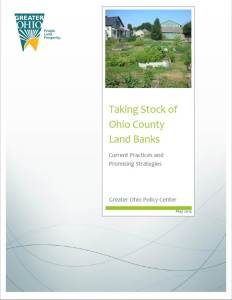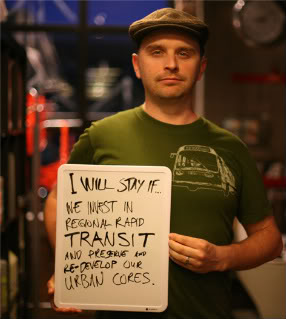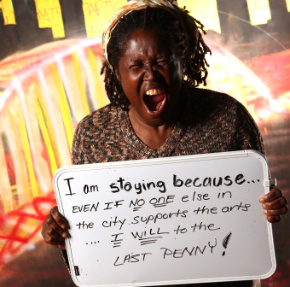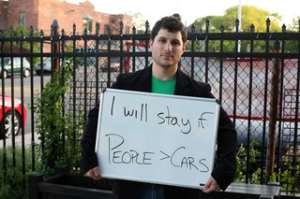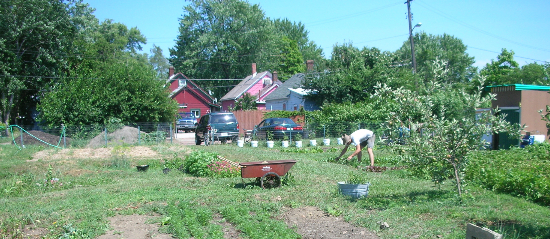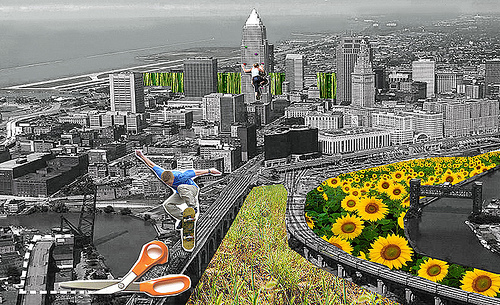What is better than a “Top Ten” or a “Year in Review” list? The Notable Nine, of course. A whiz-bang combination of both, and yet unique in number, the Notable Nine have managed to multiple-handedly change the game in Northeast Ohio.
Without further ado, I present…
The Notable Nine
9. Sustainable Cleveland 2019 Action and Resources Guide: In the second year of its decade-long endeavor, this mayor-led initiative has published a report on how to move forward.
8. The Restoring Prosperity Report: A collaborative effort between the Greater Ohio Policy Center and the Brookings Institute, this report offers policy recommendations for improving Ohio’s long-term prosperity.
7. The Northeast Ohio Green Map: You can add sustainable organizations, initiatives and infrastructure to it too!
6. Water|Craft Urban-Infill Vol. 3: This book by the Cleveland Urban Design Collaborative’s PopUp City is jam-packed with ideas on regional water issues and new urban design approaches to tackle them.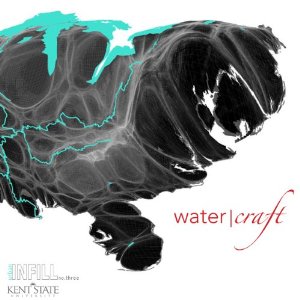
5. NEORSD Project Clean Lake: No one likes Combined Sewer Overflows (CSOs), including the US EPA. CSOs allow untreated sewage to go into our otherwise beautiful watershed and Great Lake. The NEORSD is now going to do something about it.
4. Trust for Public Land: Taking the reigns for completing the Towpath Trail and connecting it to Lake Erie, the Trust for Public Land is making it possible to build a greenway through downtown Cleveland.
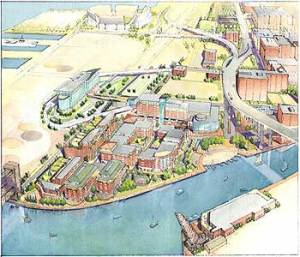
3. Flats East Bank Loan Guarantee from HUD: The redevelopment of the Flats East Bank is perhaps not so far off after all.
2. Reimagining Greater Cleveland: The Cleveland Botanical Garden is using the $167,000 grant they received from the Great Lakes Protection Fund to help transform vacant land in Northeast Ohio into ‘green’ infrastructure.
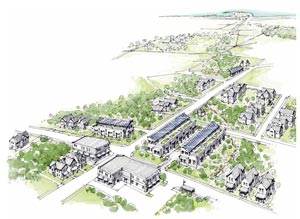
1. Northeast Ohio Sustainable Communities Regional Planning Grant and the Regional Prosperity Initiative: There’s nothing quite like getting federal dollars for sustainable community building in Northeast Ohio!
(Continue reading for Honorable Mentions and Maybe Next Times)
Continue reading →
